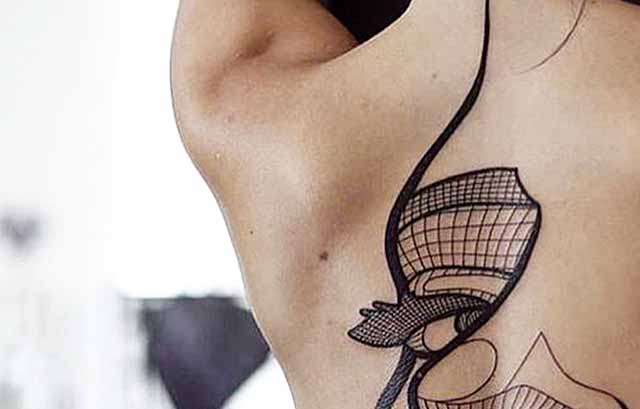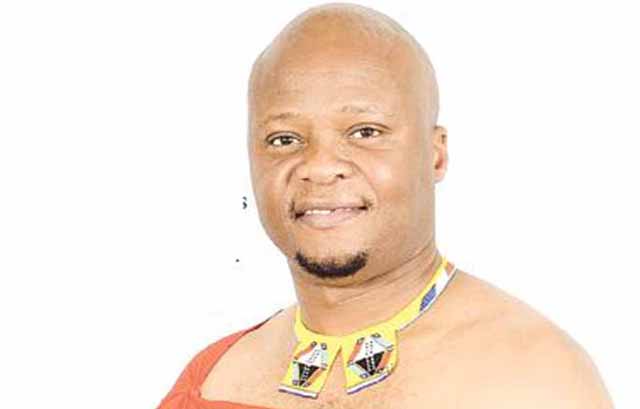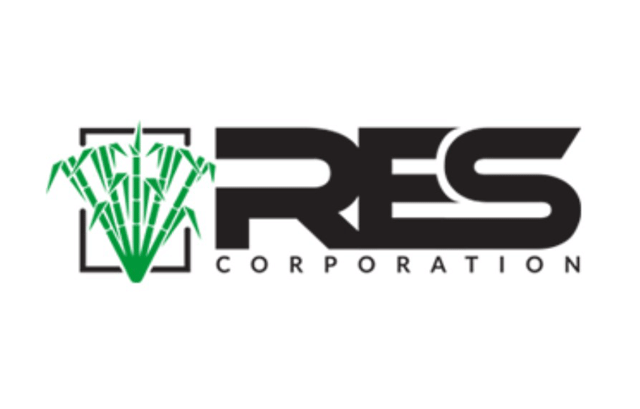By Nokwanda Sibandze | 2024-11-05

In recent years, body art, including tattoos and piercings, has undergone a notable transformation in Eswatini.
What was once regarded as a countercultural statement or even a taboo has evolved into an acceptable and respected form of personal expression.
This shift mirrors a broader trend observed globally, but it carries unique implications within Eswatini’s cultural context.
This article delves into the ways in which body art can elevate an individual’s aesthetic, how societal acceptance has grown, and the cultural nuances that shape this transformation.
Body art, encompassing tattoos and piercings, has been practiced in various forms for centuries across diverse cultures.
Tattoos serve as a visual language for self-expression, embodying emotions, experiences, and identity. In Eswatini, younger generations are especially drawn to this form of art, as it allows them to convey their stories, beliefs, and aspirations in a visually striking way.
Tattoos can be deeply personal, symbolising significant milestones, values, or aspirations. Whether it’s a minimalist design or an intricate piece of art, tattoos often carry stories that reflect the wearer’s journey.
Piercings, too, have an evolving significance. In traditional Eswatini culture, body modifications held specific meanings tied to rites of passage, identity, or belonging. Today, ear, nose, and lip piercings have become popular among young people, both as fashion statements and as a means of asserting their individuality.
Piercings allow ethusiasts to make a stylish choice that enhances their appearance, giving them the freedom to accentuate their features with a range of jewellery styles and placements.
Tattoos and piercings have moved beyond mere self-expression; they are now widely recognised for their ability to elevate personal aesthetics.
This evolution is visible on social media, where influencers, artists, and celebrities showcase how body art can enhance one’s look, becoming part of a curated, stylish image. Tattoos, for instance, add an artistic edge to an individual’s appearance, while piercings can add sophistication or boldness depending on the chosen style.
The Growing Acceptance of Body Art in Eswatini
While body art has deep historical roots in many African societies, colonial influence and conservative societal norms once led to the stigmatisation of tattoos and piercings in Eswatini.
Until recently, tattoos were viewed with suspicion or associated with rebellion, which limited their visibility in public spaces.
However, shifts in social attitudes and the impact of globalisation have contributed to a greater acceptance of body art across a wider demographic.
Shifting Perspectives in the Workplace
One of the most significant markers of the growing acceptance of body art in Eswatini is the shift in workplace policies and attitudes. Traditionally, visible tattoos and piercings were considered unprofessional, and individuals with body art were often required to conceal it to maintain a ‘professional’ appearance.
However, as the demand for diversity and inclusivity rises, more workplaces are relaxing dress codes, allowing employees to express themselves through body art.
In Eswatini, this shift is particularly relevant in creative and tech sectors, where employers value individualism and encourage innovation. For instance, tattooed or pierced professionals in marketing, design, and entertainment fields are increasingly celebrated for their unique perspectives, which contribute to creative problem-solving.
While some conservative industries may still uphold strict guidelines regarding visible body art, the overall trend suggests a softening stance, allowing individuals to embrace their body art without fear of discrimination.
Cultural Sensitivity and the Reinvention of Tradition
Eswatini has a rich cultural heritage, and for many, body modifications such as piercings once held specific cultural or spiritual significance. The traditional Eswatini way of life places emphasis on community values and cultural continuity, which can sometimes be at odds with individualistic expressions like modern body art.
However, as young people adopt tattoos and piercings, there is a growing interest in designs that honour cultural heritage.
Some tattoo designs incorporate traditional patterns or symbols, connecting the wearer to their roots in a modern and reinterpreted way.
Moreover, the process of choosing body art is often guided by cultural awareness, with many young people choosing symbols that resonate with cultural beliefs or values.
In this sense, body art becomes a bridge between modern individualism and cultural heritage, allowing people to express their identity in ways that are both personal and culturally significant.
Social media has played an undeniable role in popularising body art in Eswatini, making it more accessible and visible to a wider audience. Platforms like Instagram provide inspiration for tattoo designs, piercing styles, and ways to incorporate body art into daily fashion.
Influential figures within Eswatini, including musicians, actors, and sports personalities, have also embraced tattoos and piercings, which has greatly impacted public perception. As these figures showcase their body art proudly, their followers gain confidence in exploring similar forms of expression.
Celebrity culture has also introduced international tattoo styles to Eswatini, where young people experiment with styles like blackwork, fine line, and minimalistic tattoos.
Local tattoo artists are expanding their portfolios to meet these diverse tastes, reflecting a fusion of global influences with Eswatini-specific symbols or styles.
This accessibility to global trends has led to a flourishing body art culture in Eswatini, where people are free to draw inspiration from a range of cultural styles while still honouring their roots.
Body Art as a Form of Empowerment
For many, tattoos and piercings are more than mere adornments—they are empowering symbols of resilience, freedom, and self-acceptance.
Eswatini’s young people, especially, view body art as a form of reclaiming agency over their bodies and narratives. In a society where self-expression was once limited by rigid norms, tattoos and piercings represent a break from conventional expectations. They serve as declarations of independence and confidence, embodying the strength to make choices that reflect one’s true self.
Challenges and Future Prospects
Despite the strides made, there are still challenges surrounding the acceptance of body art in Eswatini. Some conservative sectors of society continue to view tattoos and piercings with skepticism, and visible body art may still attract prejudice in certain social or professional settings.
Religious perspectives also play a role, as some faith-based groups oppose body modifications based on spiritual or moral beliefs. However, the increasing exposure to diverse cultures and perspectives is gradually reducing these barriers.
The future of body art in Eswatini appears promising, with more individuals exploring it as a legitimate form of self-expression. Tattoo parlours and piercing studios are opening across urban areas, giving people access to skilled professionals who can help them realise their aesthetic visions.
As the popularity of body art continues to rise, it is likely that Eswatini will witness an even greater acceptance, with tattoos and piercings becoming normalised in a way that celebrates individuality while respecting cultural traditions.
The growing acceptance of tattoos and piercings in Eswatini reflects a broader societal shift toward inclusivity, self-expression, and open-mindedness.
Body art has emerged as a powerful tool for personal storytelling, allowing individuals to celebrate their identity, honour their heritage, and elevate their aesthetic in meaningful ways. With each new tattoo or piercing, Eswatini’s younger generation redefines beauty and style, shaping a society where individuality and cultural pride coexist harmoniously.
As this trend continues, body art will undoubtedly become an integral part of Eswatini’s evolving cultural landscape, a symbol of both personal empowerment and collective progress.
share story
Post Your Comments Below

In recent years, body art, including tattoos and piercings, has undergone a notable transformatio...


A prolonged delay in implementing a strategy to digitise the public procurement system has seen g...

Royal Eswatini Sugar (RES) Corporation has recorded profit of E642 million for the financ...
All material © Swazi Observer. Material may not be published or reproduced in any form without prior written permission.
Design by Real Image Internet